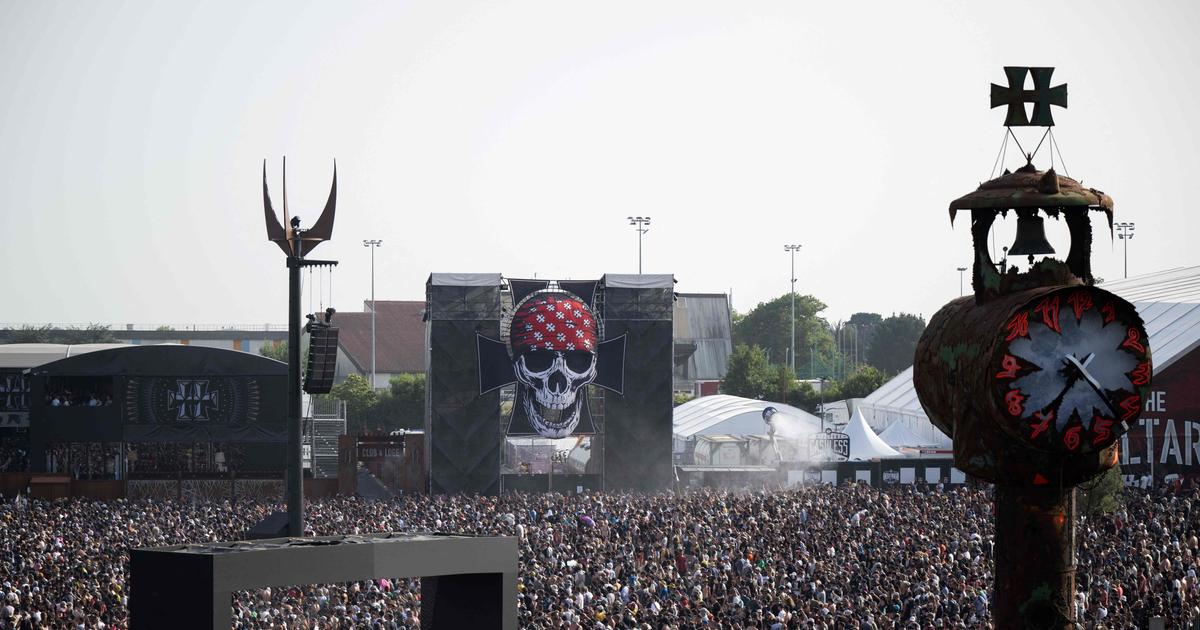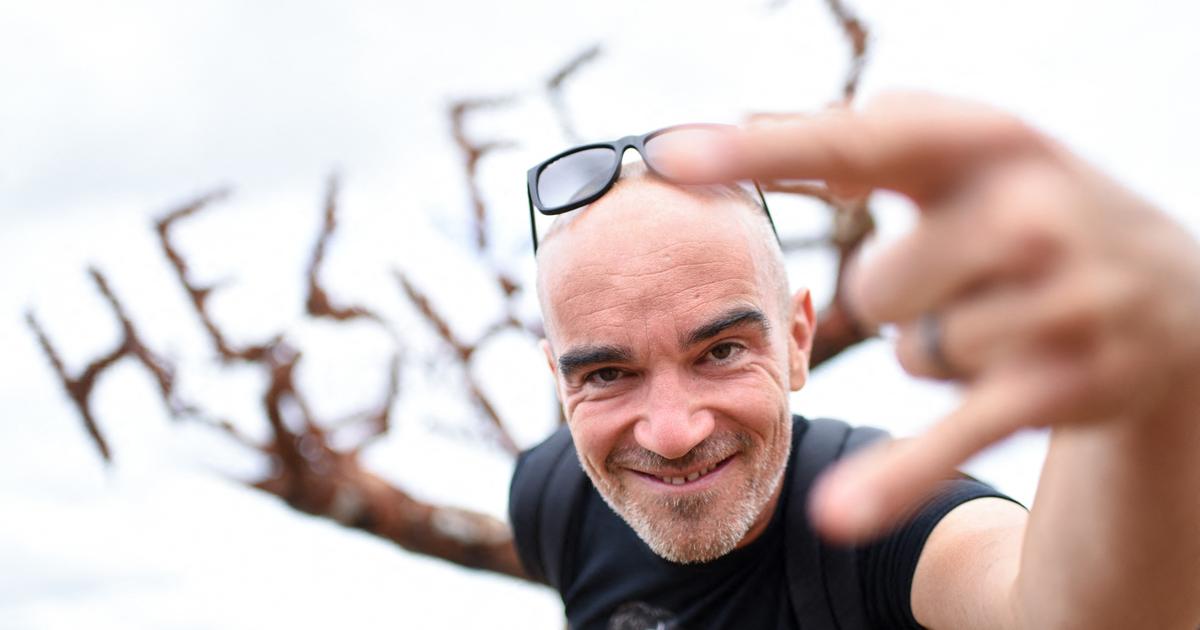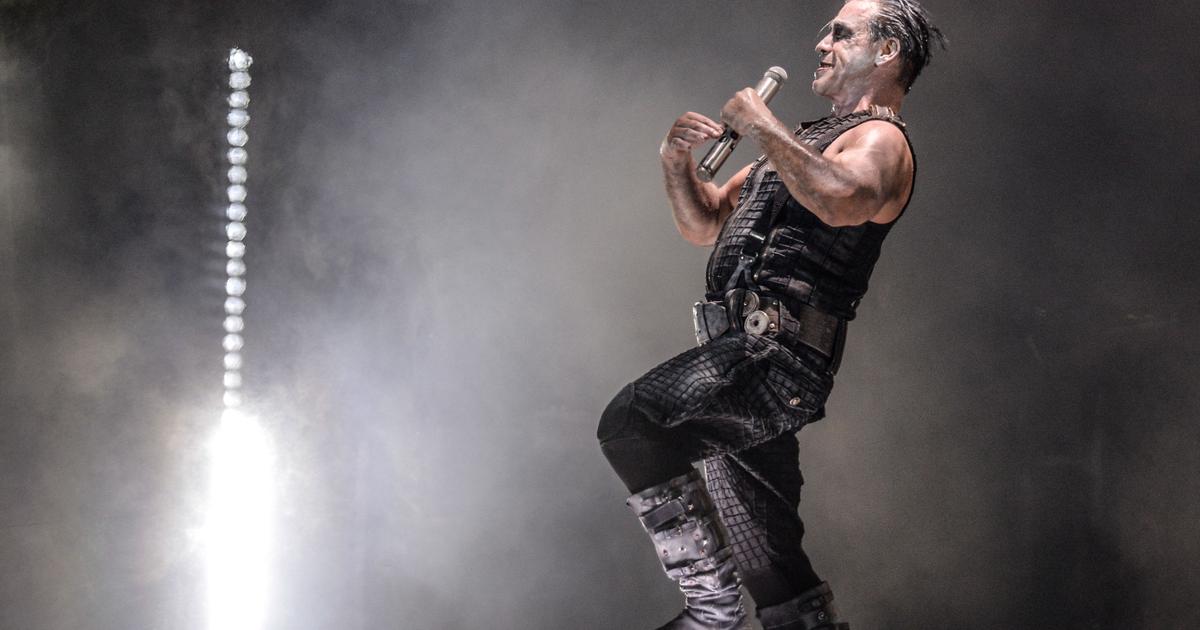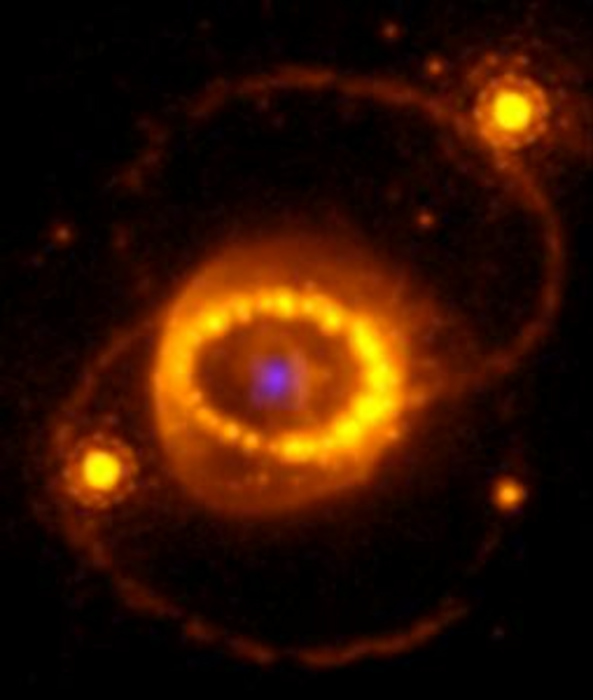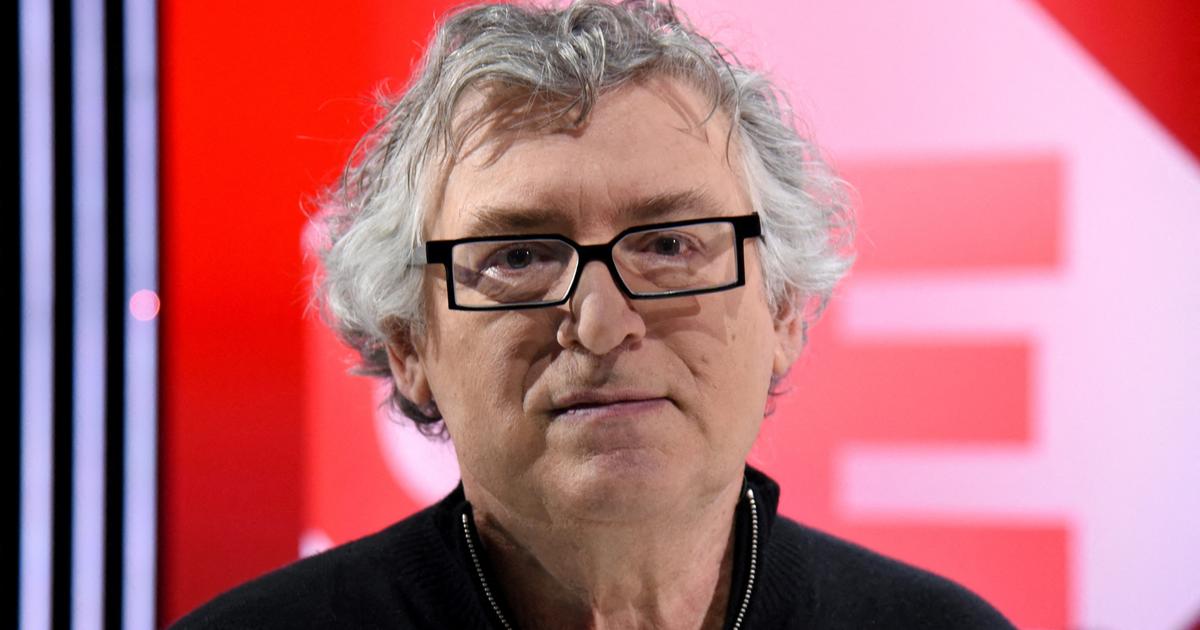Dressed in a combination of sensors and an orange cap, strange festival-goers mingled with the dancing hordes of Hellfest: these scientists are carrying out an unprecedented study on crowd movements in order to better prevent accidents and fatal jostling.
“We are here to try to understand the phenomena that take place in dense crowds and how to prevent the dangers linked to these crowds”,
summarizes Julien Pettré, researcher at Inria (National Institute for Research in Digital Science and Technology) from reindeer.
The scientist leads a European program called CrowdDNA (the DNA of the crowd, literally), carried out since 2020 in partnership in particular with German, English and Spanish researchers.
Read alsoThe Hellfest festival turns metal into gold
Why did you choose the Hellfest, which ended on Sunday in Clisson (Loire-Atlantique) after an exceptionally extended version over two weekends?
"We know that there are dances linked to the music listened to where physical interactions will occur between individuals",
explains the researcher, installed with his team in a prefab behind the main stage throughout the festival.
"Circle pits"
(participants run quickly in a circle),
"walls of death"
(walls of death, two rows of festival-goers separated by a clear space run into them) and other pogos or slams (festival-goers carried by the crowd, lying ) have become essential rituals of the extreme music festival.
Read alsoHellfest 2022: seven groups not to be missed
And a dream playground for these scientists.
“We are a bit like astronomers who come to observe the stars,”
underlines Julien Pettré.
"But the crowd telescope doesn't really exist so we mix different types of data"
.
To observe the moving constellations of Hellfest, the festival management agreed that Inria could recover the images filmed continuously by the cameras on the watchtowers of the
Warzone
, one of the six stages of the festival.
Deadly stampede
For their part, once or twice a day, two young volunteers from the small team put on a special suit equipped with sensors distributed all over their bodies, which record their movement.
The cap allows the team to spot them on the videos.
Even if their equipment may go unnoticed in a festival known for its eccentric outfits, they wear a t-shirt intended to warn the general public:
"Hellfest and Inria are collaborating here to study the crowds."
They then mingle with the crowd of the chosen concert, once or twice a day.
“We try to do everything,”
explains Thomas Chatagnon, a 25-year-old Inria doctoral student.
One of the volunteers is in charge of going to mingle with the
“circle pits”
or other
“walls of death”,
the second must let himself be carried by the flow or go up the crowd as if he wanted to leave the concert.
Read alsoHellfest: two exceptional weekends and Metallica headlining
The most dangerous ?
"The moments when you lose your balance"
, judges the young researcher.
Compulsory figures, such as
“walls of death”
or
“circle pits”,
are not the riskiest.
“It's pretty controlled and only people who feel like going there go.
Incidents happen when people have not decided to be there,”
he says.
The information collected in the field will then be
"coupled"
with the videos, with a view to computer modeling the movements of the
"guinea pigs"
in the middle of the crowd.
With a goal as simple as it is ambitious: to invent new computer tools to detect in time the warning signs of a possible accident, or even of a catastrophic stampede like the one that killed nine people and injured hundreds during a rap concert at the Astroworld festival in Houston (Texas) in November 2021.
Read alsoAfter the Astroworld tragedy, rapper Travis Scott invests $5 million in a charity project
"When we have detected these small signs of the spread of a movement in a crowd, we can alert the manager (of an event) who will decide whether or not to intervene to disperse the crowd",
explains for example the head of the project .
.
The study, also conducted in the laboratory, in stadiums or in public places in the partner countries, must continue until 2024. In the meantime,
"we hope to return to Hellfest next year!",
smiles the researcher.

